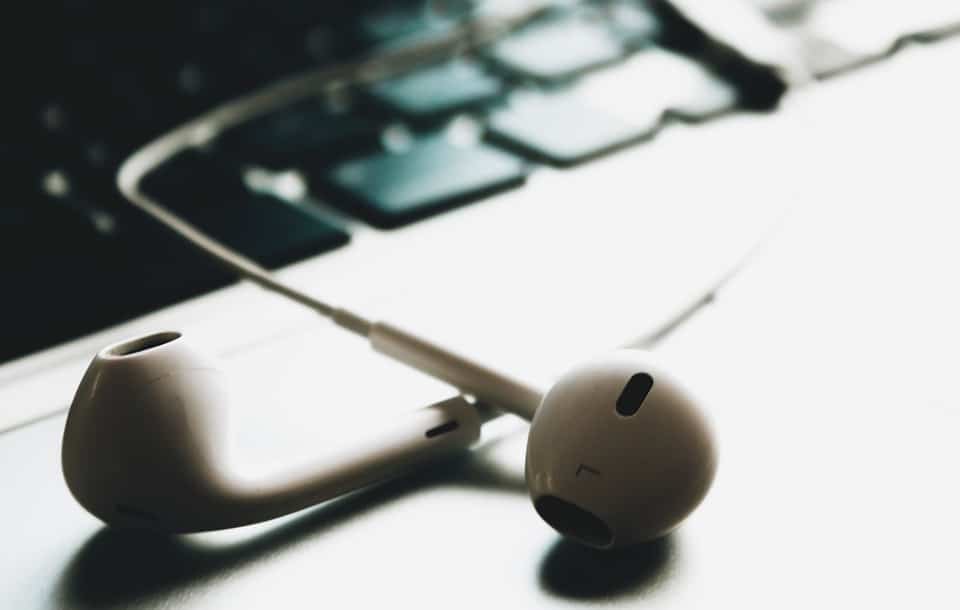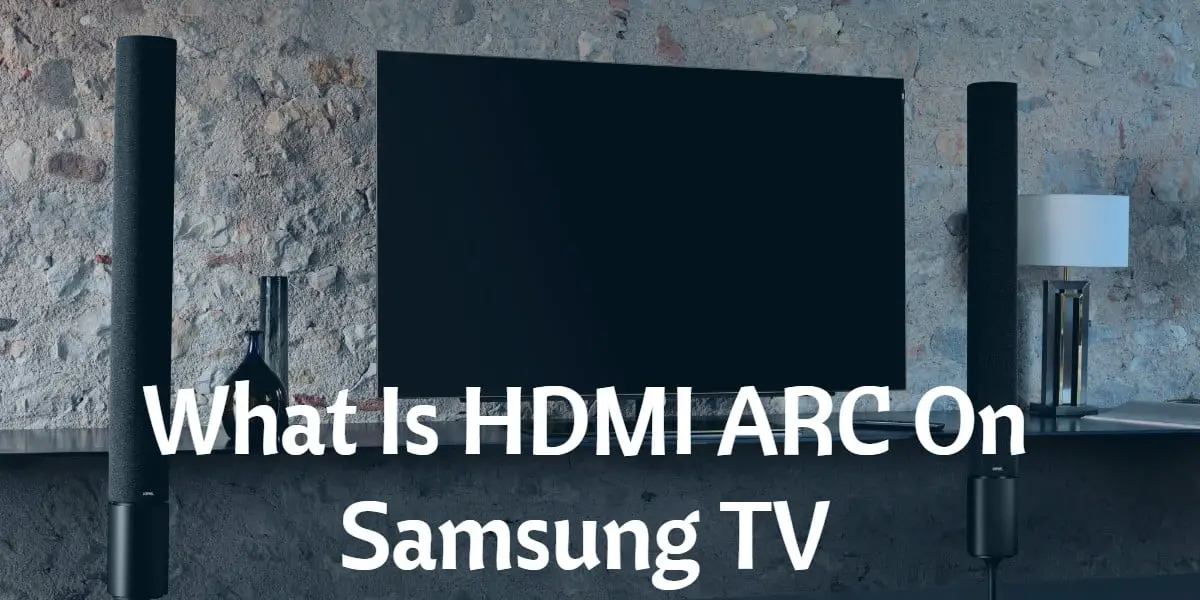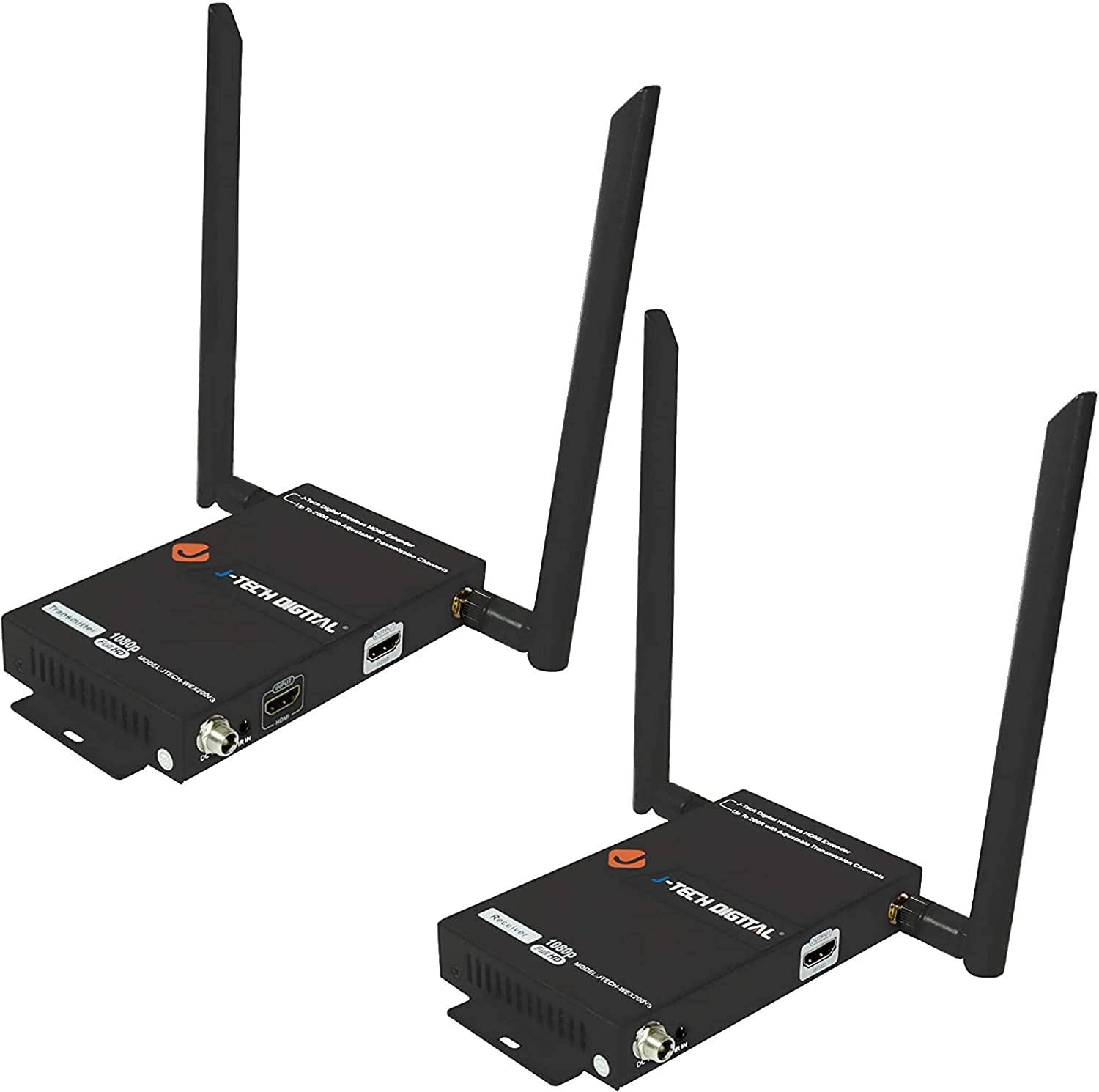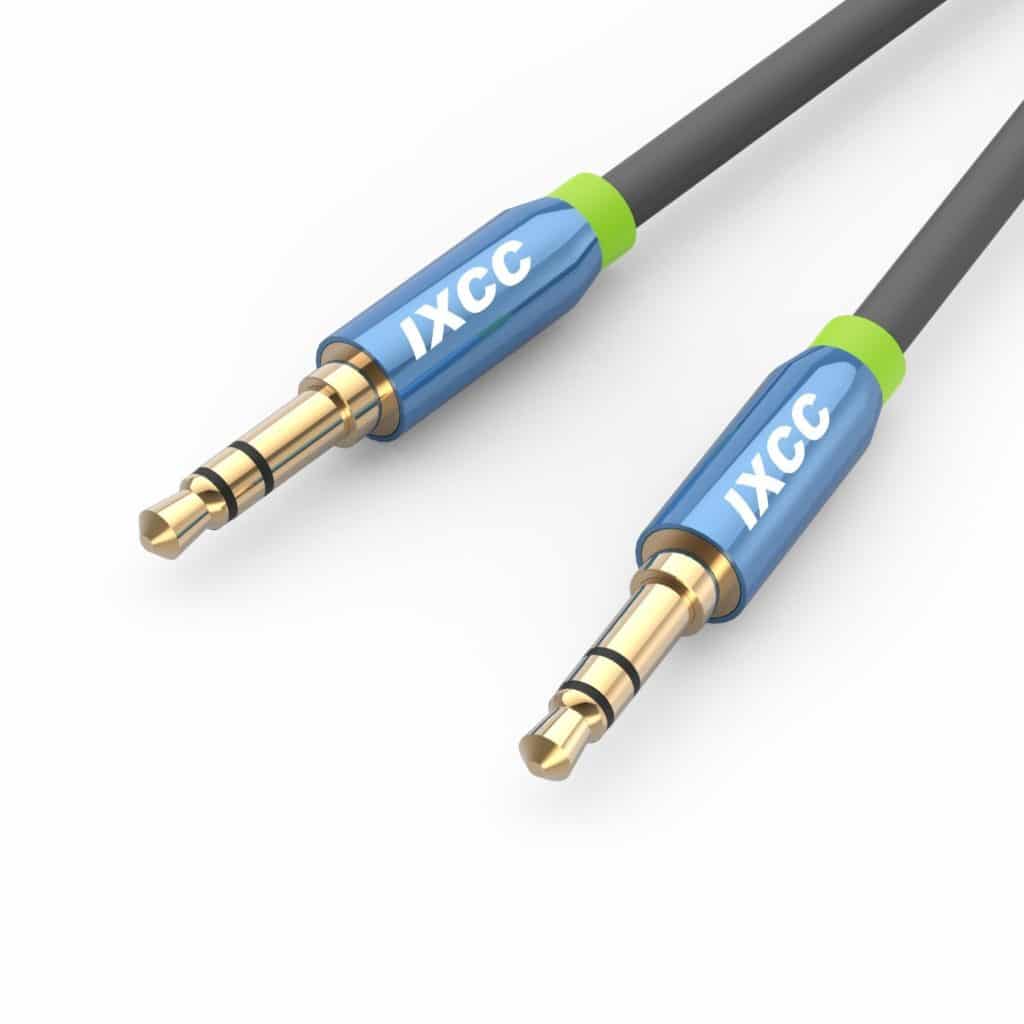Are you tired of subpar sound quality from your computer’s built-in speakers? Enhance your audio experience with this simple and easy guide to using an aux cable on your computer.
In just a few steps, you’ll be able to connect external speakers and enjoy crystal-clear sound. Don’t miss out on this chance to upgrade your listening experience – read on to learn how to use an aux cable on your computer today!
Quite a lot of people are looking for How To Use Aux Cable On Computer. Well, here is a detailed article on how you could achieve that.
Whether you’re looking for a way to connect a portable speaker via auxiliary input or your sound system to your laptop computer using auxiliary cables, this article will treat all of this.
Also, we will cover quite some other ways you can be able to connect your computer with a sound system or a HiFi speaker.
Thus, we promise this is going to be a “one-of-a-kind article,” kind of comprehensive, containing various handy tutorials for various actions.
Table of Contents
- 1 Where is the aux input located on a desktop and laptop?
- 2 What is an AUX Cable?
- 3 How to Use aux Cable on the Computer
- 4 How to use aux cables on computers for other purposes
- 5 How to Use aux Cables on Car Stereos?
- 6 Other Uses of aux Cables
- 7 Troubleshooting aux Cable Connections
- 8 What More?
- 9 Final Words:
Where is the aux input located on a desktop and laptop?
Firstly, we will start with how you can connect an aux cable to a computer. This is not a complex action, but you need to understand which port on your computer system (desktop and laptop) is actually the auxiliary port where you should connect the aux input cable.
Most especially, laptops come with two lookalike ports on the same side; one of these ports is for auxiliary input while the other is for microphone (mic).
However, you will see a mic icon and a headphone icon specifying which port is for the mic and which is for the 3.5mm jack input (aux input).
For laptops, the port, which has a headphone icon drawn beside it, is where to plug in your auxiliary cable to transfer sounds from your laptop to a speaker device, home theater system, earphones, or headphones.
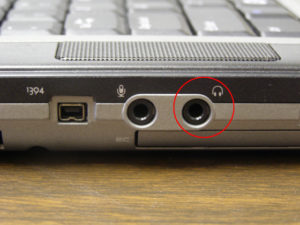
On the other hand, when it comes to desktops, there are quite a lot of similar ports you will see at the rear and front of your CPU.
However, you do not need to worry about that, as the same thing that applies to laptops also applies to desktops.
All you need to do is to look out for the port which has the option “aux.” Auxiliary is abbreviated as “aux;” thus, you have to look for the port with this option.
Also, in most modern CPUs, the aux port is indicated with the same headphone icon and the port is often colored (light green).
Typically, the aux port is located at the front panel of CPUs, and the inside is kind of painted green. Once you see the mic port, an aux port is next to it.
So, on your laptop or desktop, for you to connect a cable, you have to indicate where the input port is located.
Then, you can go ahead and get the aux cable to use on the computer to transmit sounds from your computer to a speaker device.
Now that you know which port is the auxiliary input port and where it is located on desktops and laptops, next is how to connect your speaker device using an aux cable.
What is an AUX Cable?
An aux cable is simply a cable that helps to transmit sound from a source to a speaker device. It has two ends of the same structure (3.5mm jack).
Auxiliary cables or aux cables can come in many designs, but the function remains the same, and also, the ends must be a 3.5mm jack.
To further make you understand what we meant by 3.5mm jack; it is featured by earphones and headphones; this is the long crafted steel at the end of your earphone cord that you plug into the earphone port on your mobile phone to listen to your sounds personally and more clearly.
An aux cable cannot really be called an audio cable, although it functions like one.
How to Use aux Cable on the Computer
How to use AUX Cable on Desktops
Already, you know where to find the aux input port on your desktop. In case you navigated to this section expressly, kindly check above to see where the aux input is located on desktop computers. Follow the steps below to use an aux cable on desktop computers.
We will assume you’re trying to connect a speaker device to your computer using an aux cable; probably because the speaker does not support Bluetooth. Thus,
- First, you need to get a set of good computer speakers (usually paired) that have a 3.5mm jack cord
- Connect the 3.5mm jack cord to the aux input port on your desktop computer
- Power the speakers; if they are battery-powered, insert the batteries to power them, and if they are USB powered, then plug the USB cord into the respective port on your computer or a hub to power them.
- You can now play any sound from your computer; the sound will be transmitted to the connected speaker device.
Most computer speakers come with a 3.5mm audio connector, and that is what you will connect to the aux port on your computer to playback sounds.
We would advise you to go for computer speakers that are USB-powered or rechargeable; they are more convenient.
How to use aux Cable on a Laptop PC
Actually, nothing changes in how you can connect an aux cable to computers; whether you’re connecting it to a desktop or laptop computer.
Also, before moving on, we want to believe you know where the aux cable is located on laptops so that you don’t plug the cable into another port which will cause your speakers not to produce any sound.
To this, if you expressly navigated to this section, kindly check above to know which port on your laptop is dedicated to the auxiliary input.
- Get computer speakers that have a 3.5mm input cord, like the Arvicka Computer Speakers
- Plugin the 3.5mm input to the dedicated aux port on the PC (note: the port which a headphone icon drawn by its side)
- Power them via USB (if they support that) or charge the battery (if they are battery-powered)
- Now, you can launch your player and start playing sounds or watching movies on your laptop. All sounds from your PC will be reproduced by the connected speakers, including alert tones from your IMs or other apps.
What more?
Typically, computer speakers are designed to get their power via a USB connection, and then a 3.5mm jack audio cable is included for sound transmission.
Thus, a computer speaker comes with two cables; a USB cable and an aux cable. Also, they are often available in pairs so that you can listen to good sounds.
Furthermore, asides from speaker setup, there may be other reasons why you need to connect an aux cable to your computer.
How to use aux cables on computers for other purposes
While we are not certain about the other reasons why you want to connect an aux cable to your desktop or laptop PC, the method is practically the same. However, you may need to buy an aux cable for such actions.
So, if you already got an aux cable (we defined aux cables above for reference), connect one of the ends to your device, which has a 3.5mm input jack, and then connect the other end to your computer.
For whatsoever reason, you need an aux cable, this connection method will work perfectly.
This works when you want to connect your mobile phone to your PC or other devices with such support. Aux cables are flexible and versatile.
How to Use aux Cables on Car Stereos?
Interestingly, you can use an auxiliary on your car stereo to connect quite a wide range of portable devices, such as your smartphone or portable media players.
This is achievable in a simple, intuitive, and easy way. However, first of all, you need to buy a good aux cable (note: not all of them are good, you may follow our guide to buy the best aux cables).
Also, you have to check if your car stereo supports “aux” input. Once you have a good aux cable and your car stereo supports auxiliary input, you can follow the steps below for the connection.
- Get your aux cable and connect one of the ends of your car stereo to the port labeled “aux.”
- Then, connect the other end to your iPod, MP3 player, or another device to act as the source device where the sound will be generated.
- There is quite no power source needed here as your portable devices are obviously battery-powered. Thus, all you need to charge the device battery; you can even charge the device using a car charger.
- Once the device is connected and powered on, you can play your sounds, and they’ll be reproduced by the speakers connected to your car stereo. If your car has HiFi speakers connected to the stereo, you’re getting a great time.
Other Uses of aux Cables
The use of aux cables, as we said before, is quite versatile. You can still use them to connect your smartphone or portable media player to your home theater so that sounds from your smartphone are reproduced by the speakers connected to your sound system or home theater.
And you’ll listen to a stunningly clear, crisp, detailed sound with punchy bass. However, the quality of sound you’ll get depends on the speakers connected to your system.
Troubleshooting aux Cable Connections
Everything one does, especially when it has to deal with the connection of variables or machines, sometimes, the desired result is not achieved. This may occur due to improper connections or faulty components used in the setup.
Thus, troubleshooting is somewhat inevitable in everything we do in life. Here is how to troubleshoot aux cables after using them to connect to your computer, car stereo, home theater, or other compatible sound systems.
Troubleshooting an aux cable connection is the same irrespective of where you ran the connection.
- Check if the aux cable is good.
- Make sure you plug the 3.5mm jack into the dedicated “aux” port.
- Observe if the cable is well fitted in the port where it is plugged into (slightly move the jack head to see if it is shaking).
- Check if the source is okay and that a media file is being played.
First, not all aux cables are good. Even though they may not have physical damage, it may be that the cable is bridged inside, or they are not just good. That is why we recommend these aux cables AmazonBasics Aux cable (4 ft), AmazonBasics Aux cable (8ft), and OldBoyTech Aux cable (4ft).
Also, make sure you connected the aux cable to the respective port on your desktop, laptop, car stereo, or sound system.
Note ⚠ : The microphone (mic) port is similar to the aux port; thus, you have to make sure your cable goes into the aux port and not the mic port.
Furthermore, you need to check if the aux port where you plugged in the cable end comfortably houses the cable and if the cable is not shaking.
Finally, check if your portable media player or smartphone is playing a media and the volumes are up.
What More?
There are alternatives to aux cables, just in case you have that in mind. An audio cable – RCA can be used in place of an aux cable in some audio connections or setups. However, this does not mean that you can connect your devices to a system using an RCA cable.
There are no portable devices or computer speakers that have support for RCA input. When we say that RCA audio cables can act as an alternative to aux cables, this also applies to connecting media players such as DVDs to home theaters or other similar connections.
Aux connection remains one of the most flexible ways to get audio sounds playing from a sound to be reproduced in a bigger sound system or speaker.
Final Words:
Wireless connections are now available, and aux connections are becoming overlooked. But this tutorial on how to use an aux cable on a computer, and it’s still handy for quite a lot of people.
You can read our previous article on The best Bluetooth speaker with auxiliary output
Also, subscribe to our newsletter to be among the first people to be notified of our new topics.

